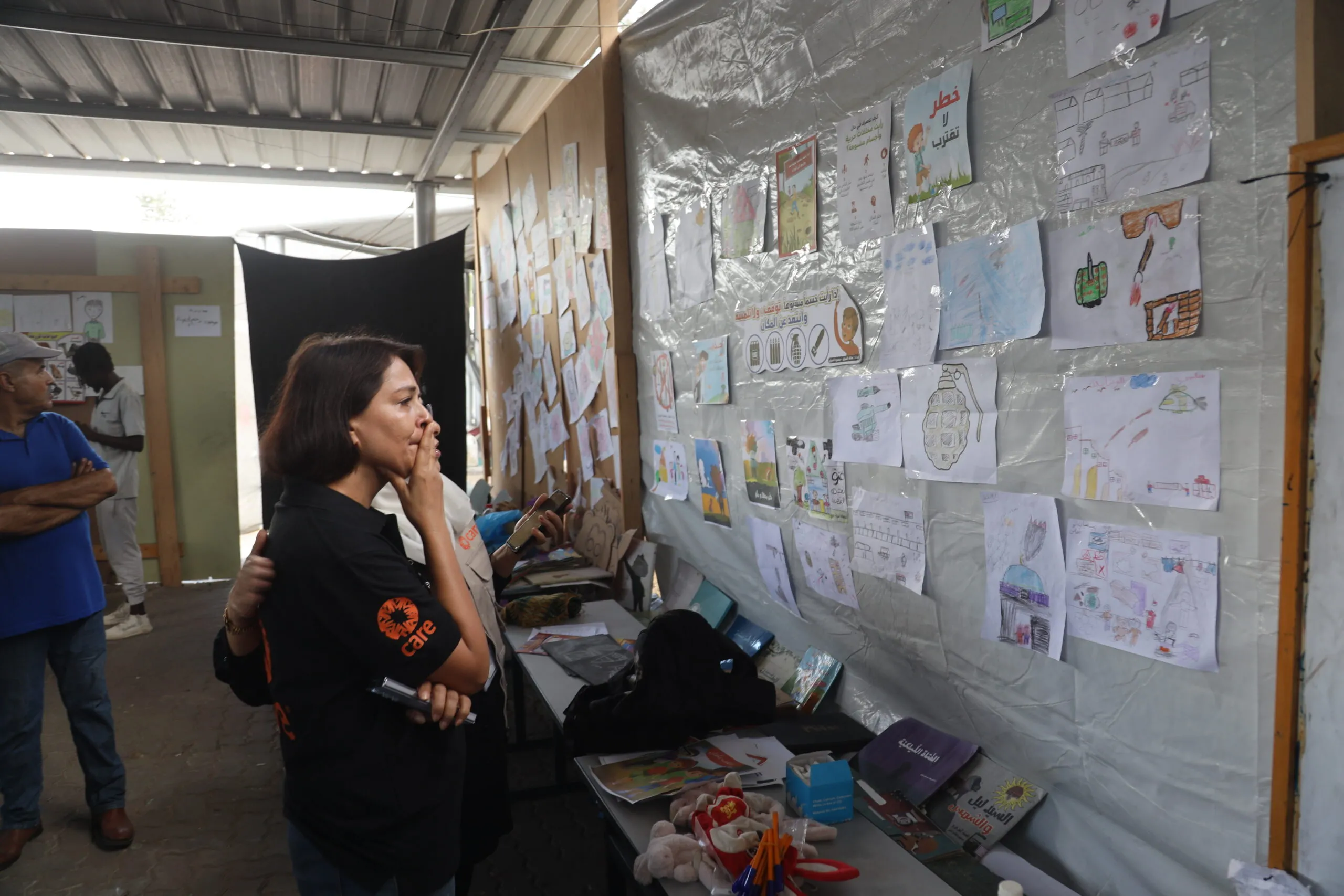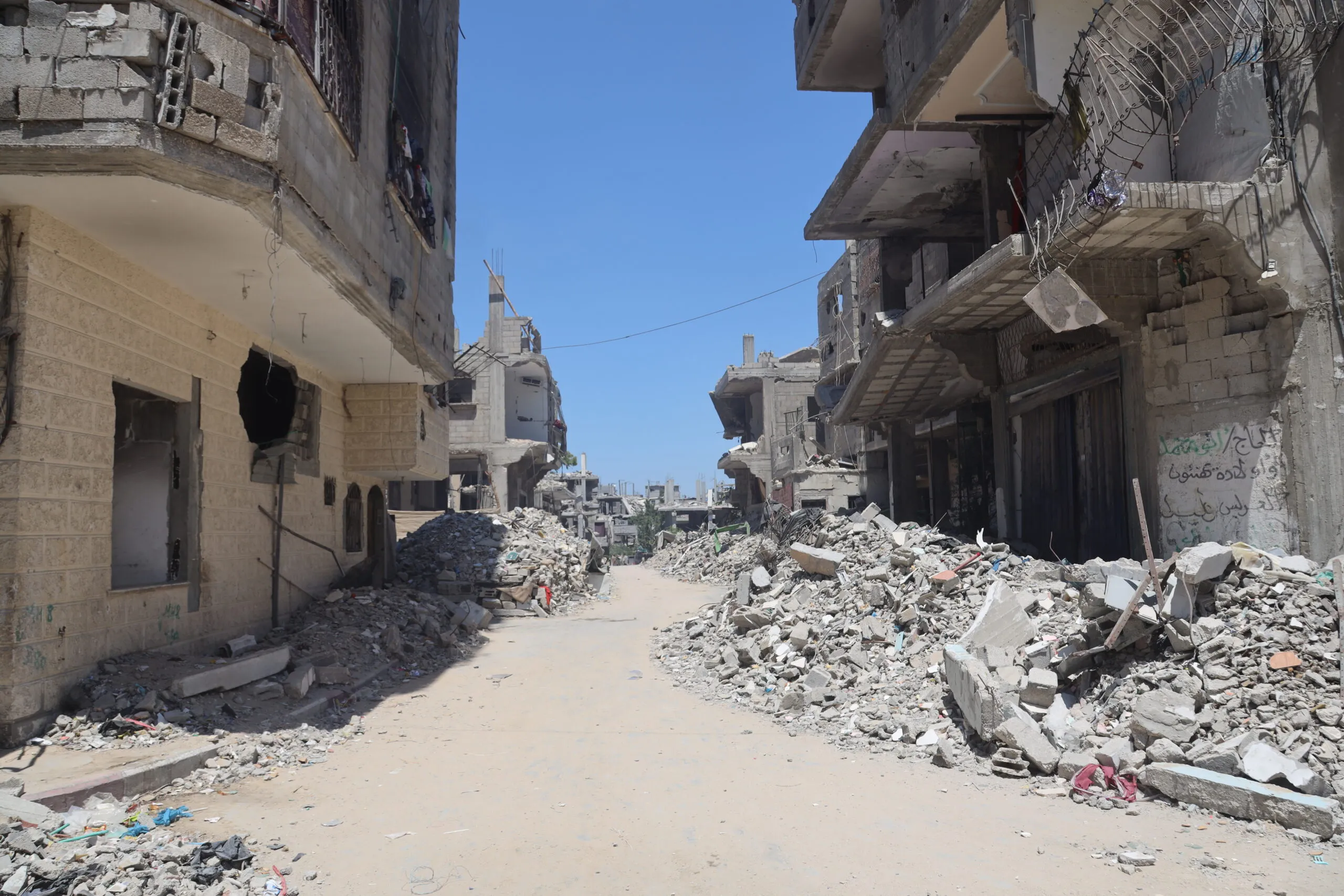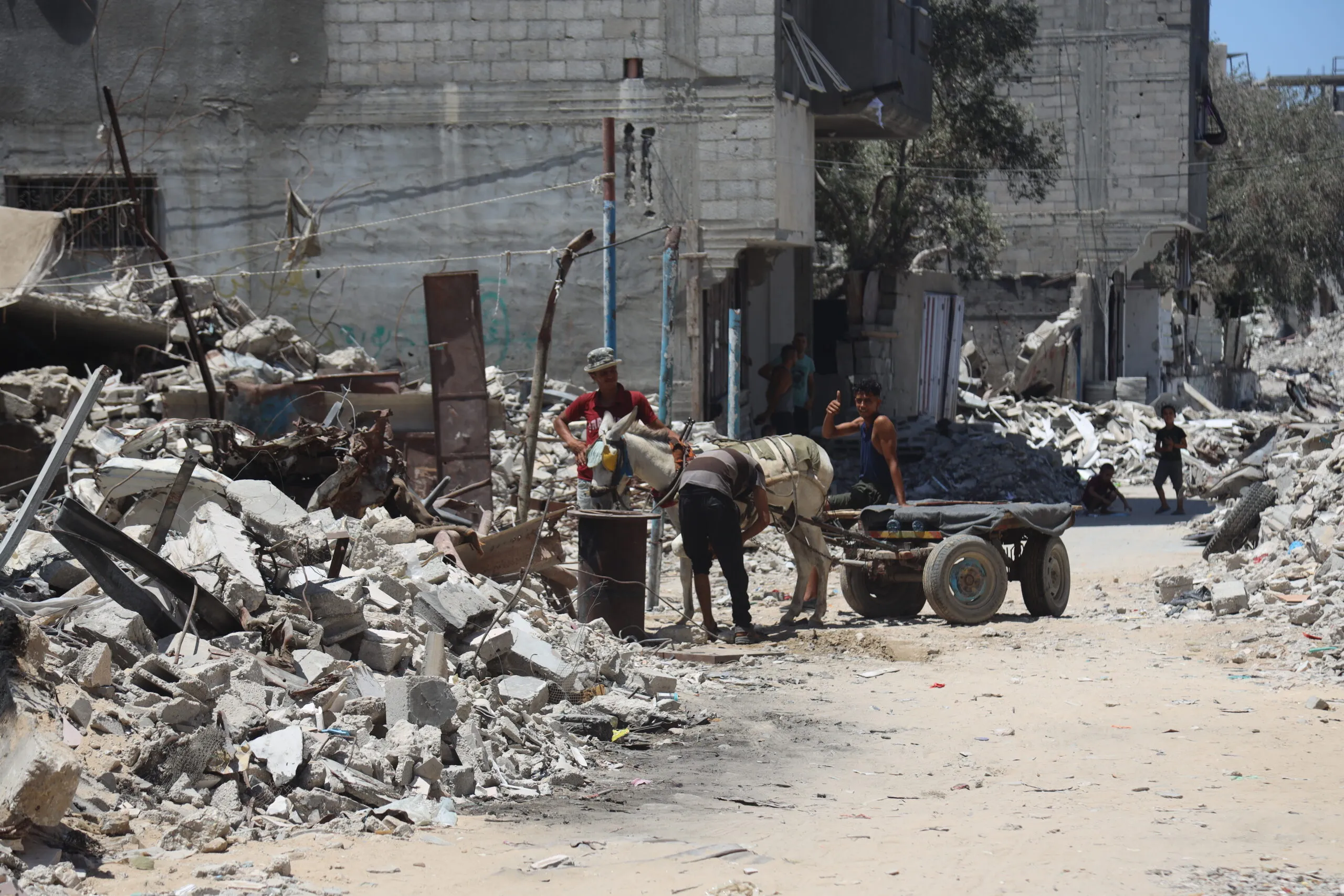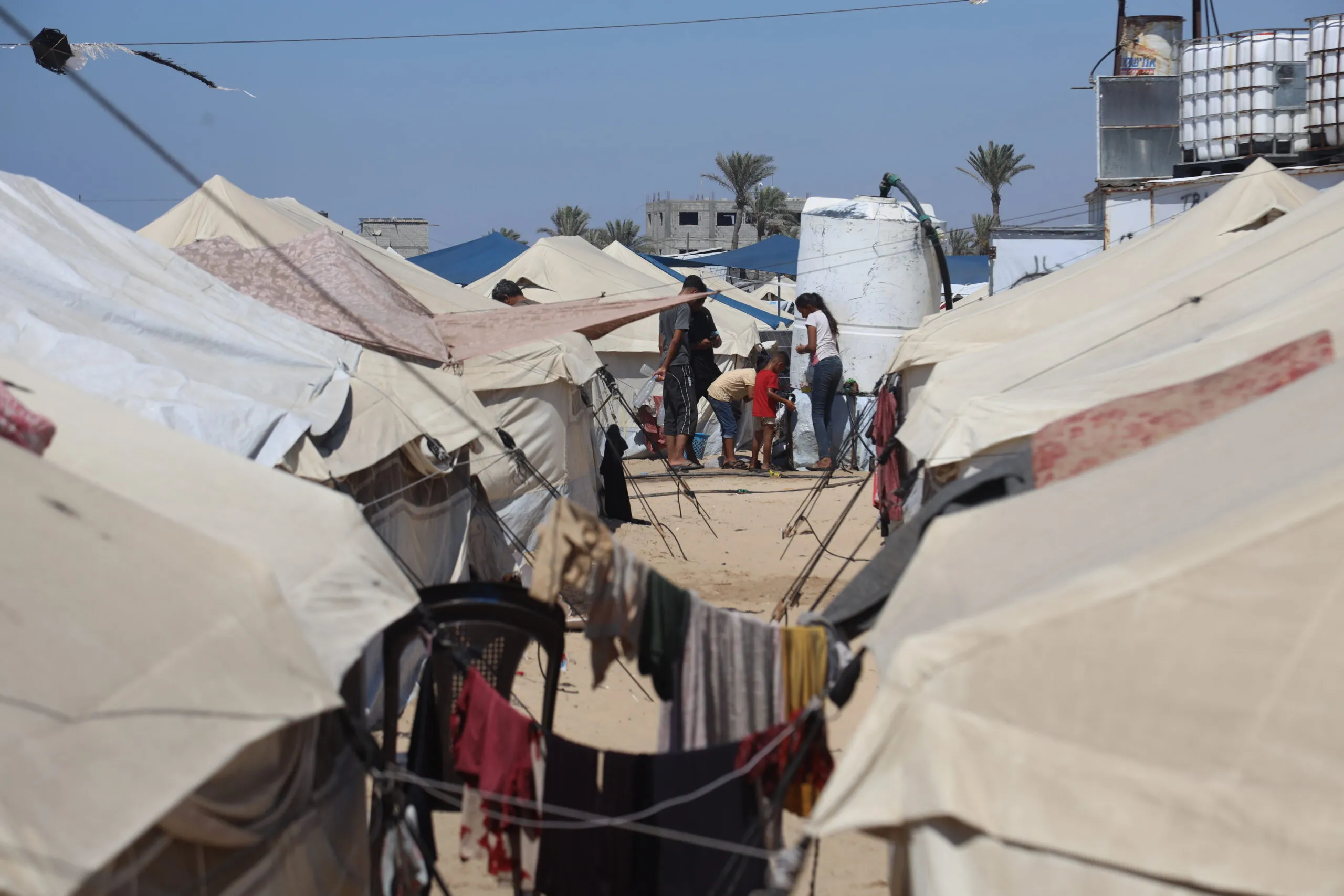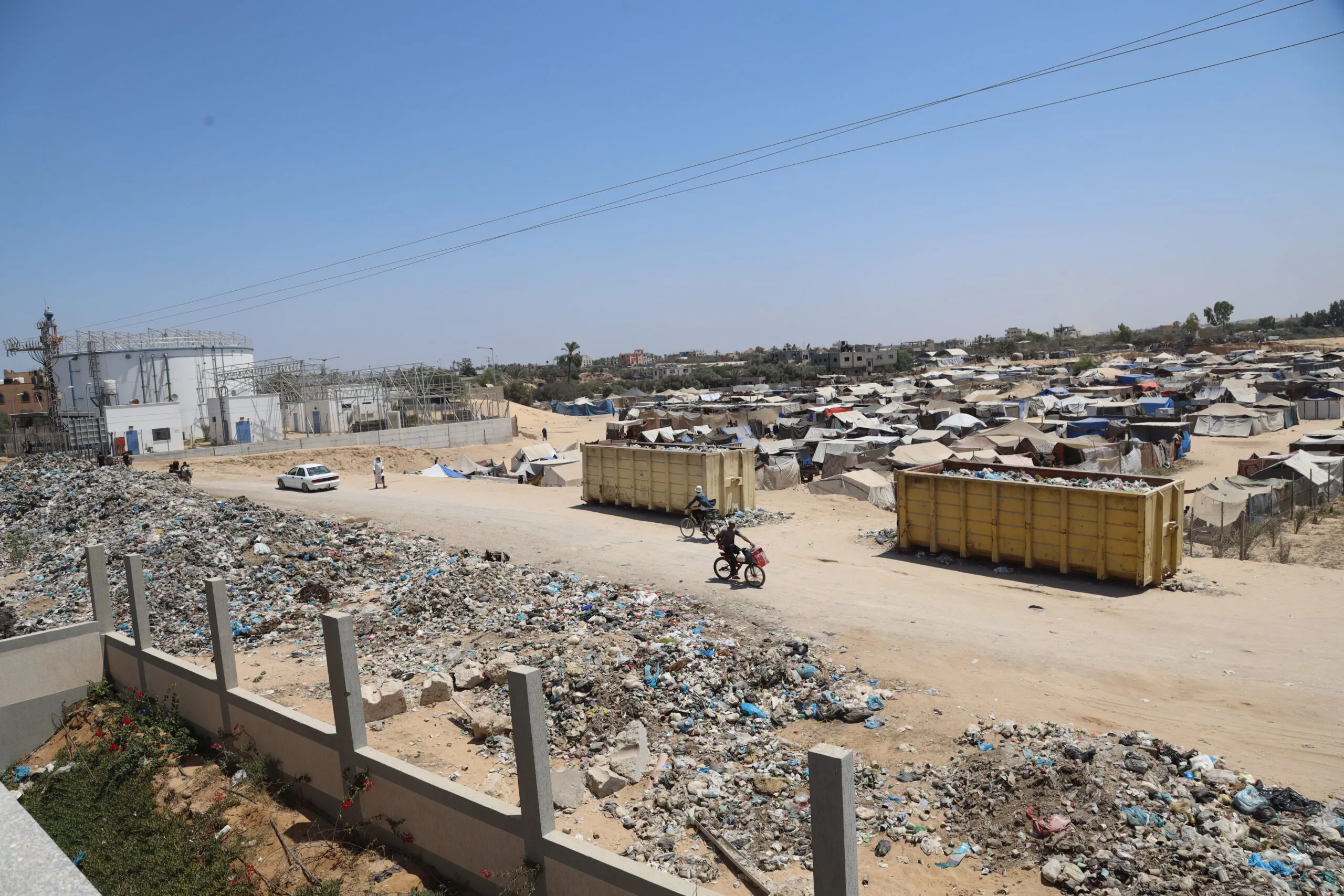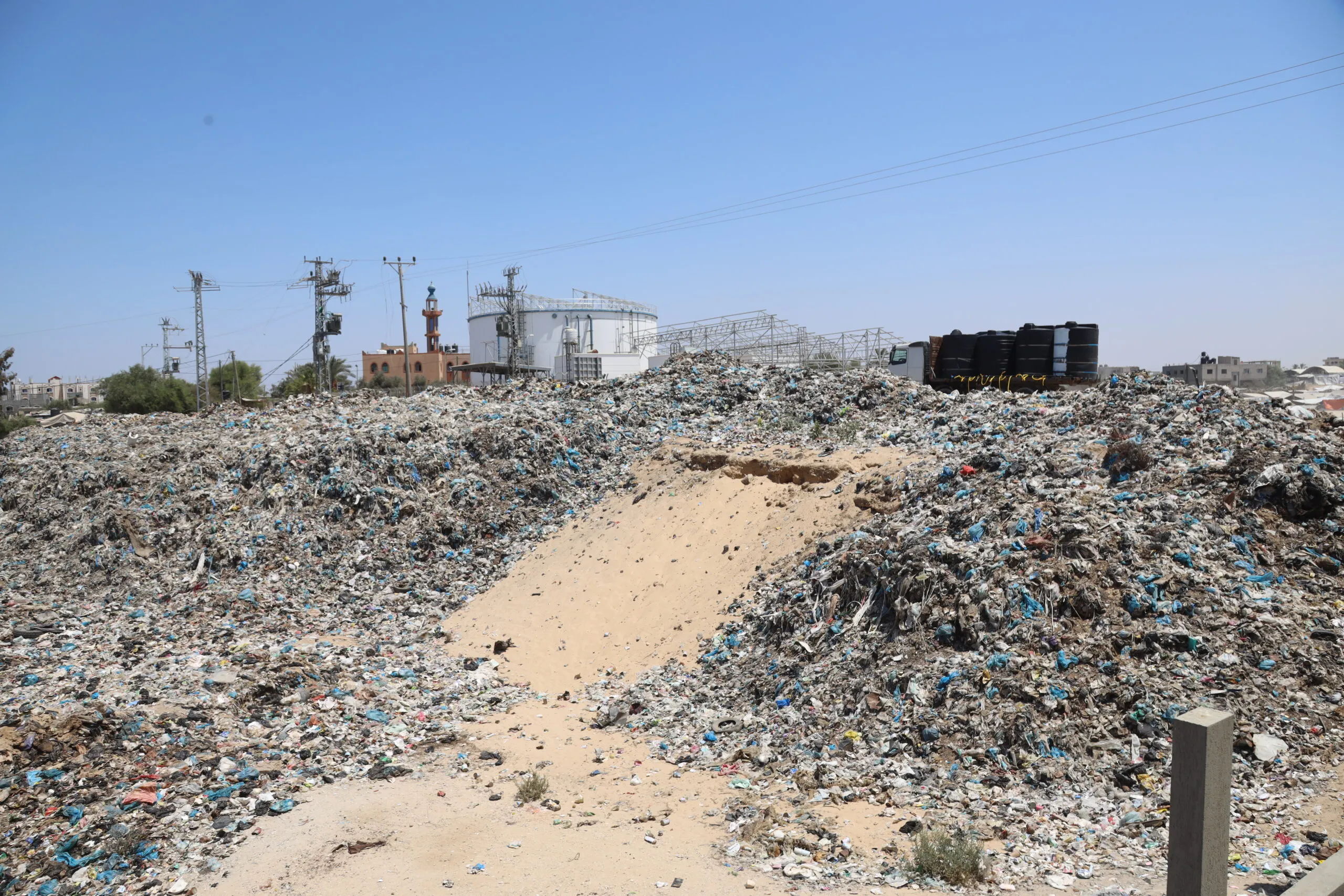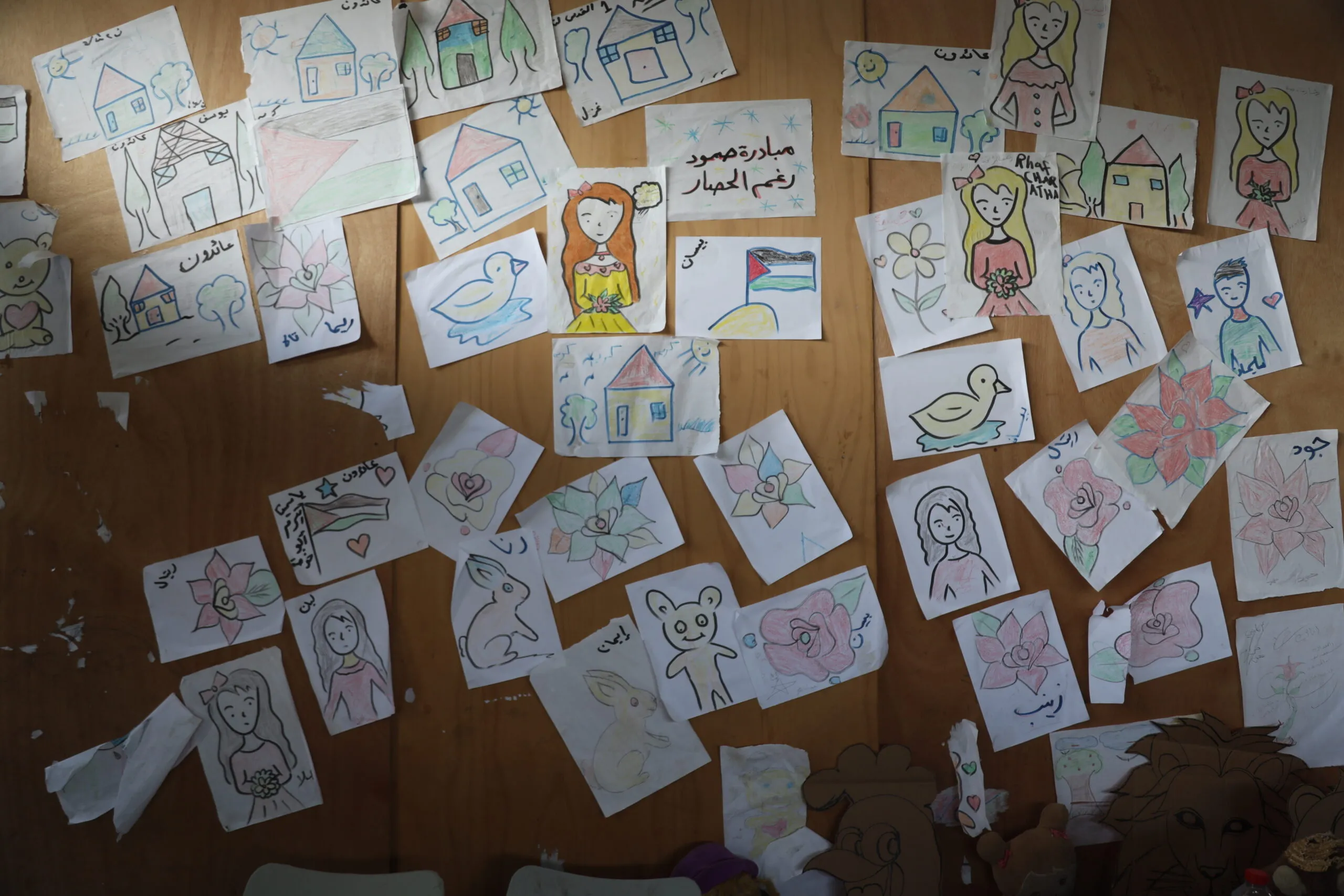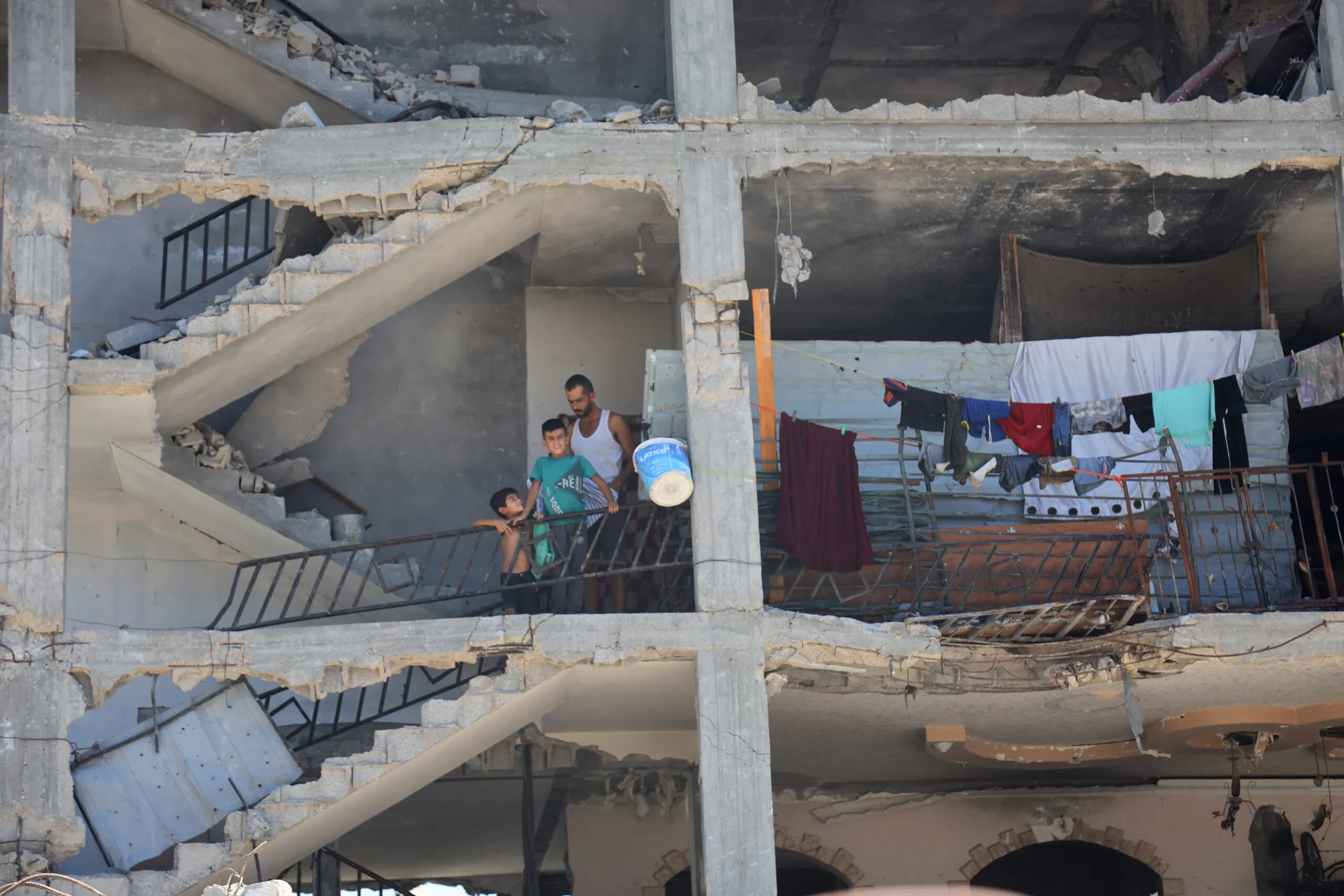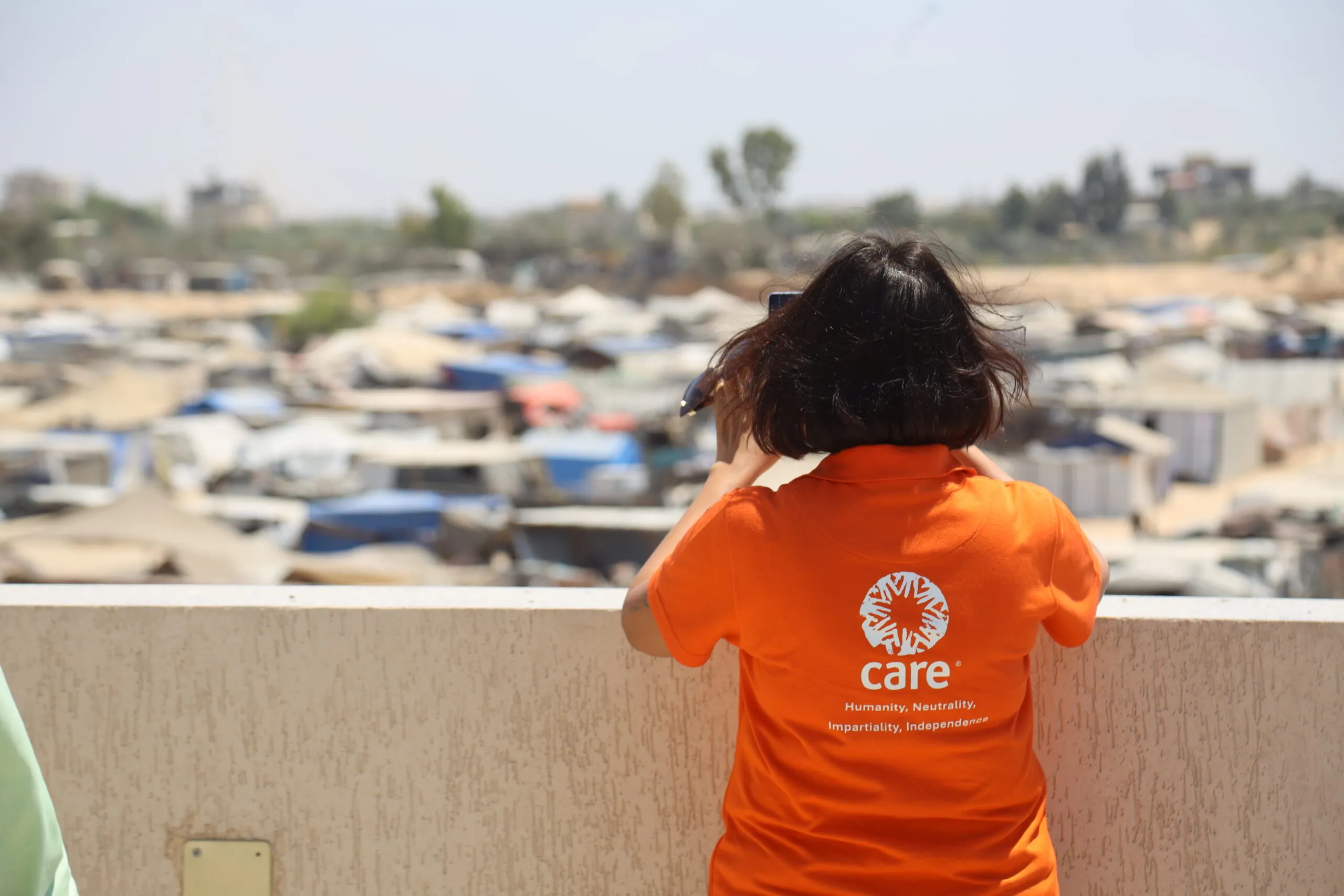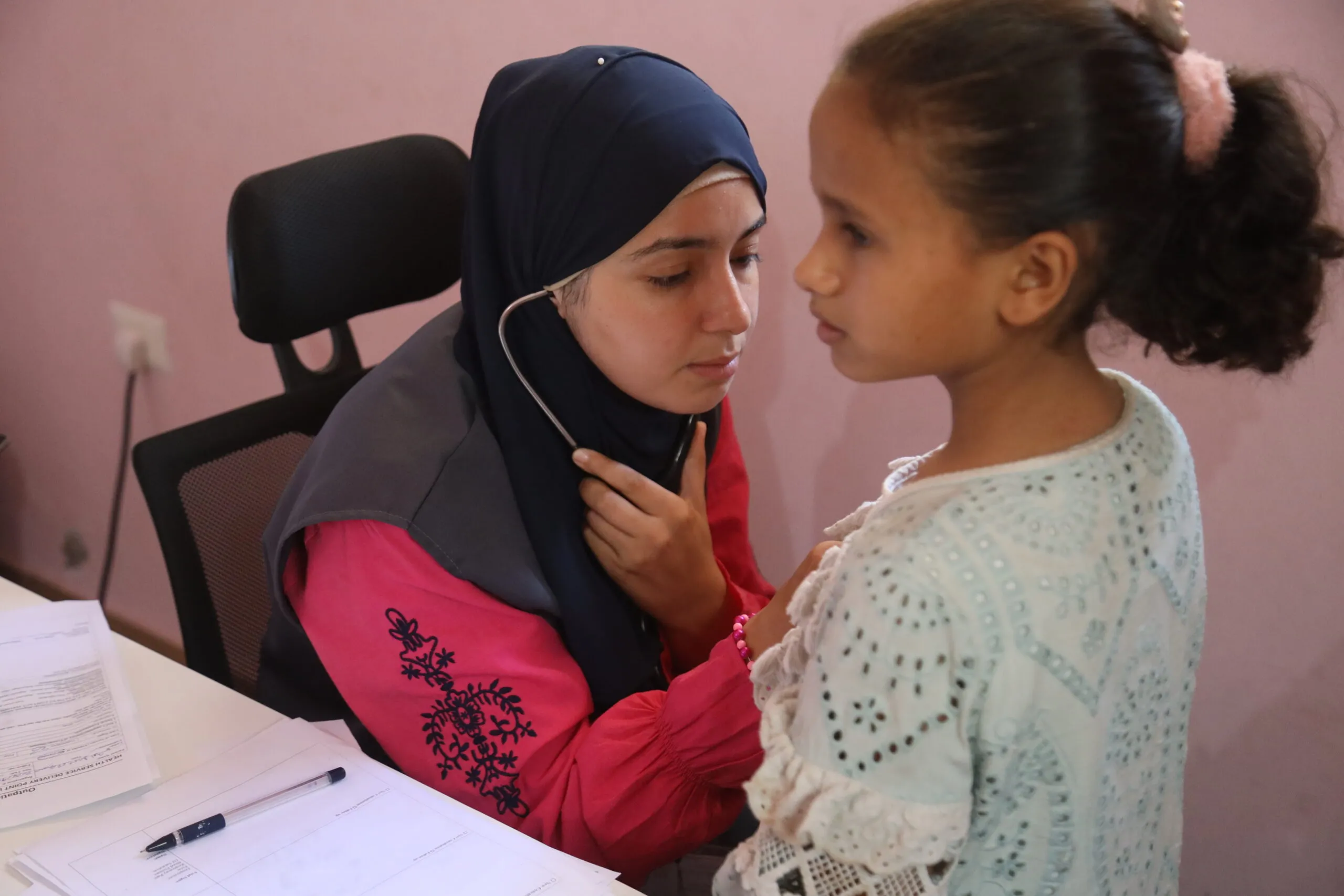The heat and water crisis has led to a massive outbreak of skin infections, particularly among children, with the World Health Organization recording over 103,000 cases of scabies and lice, 65,368 skin rashes, and 11,000 chickenpox cases.
Most recently, there has been fear of a polio resurgence.
“We are anticipating and preparing for the worst-case scenario of a polio outbreak in the coming weeks or month,” Francis Hughes, the Gaza response director at CARE, told the Associated Press.
“We are not optimistic because we know that doctors could also be missing the warning signs.”
Mahla agreed, saying it was all a symptom of the overall conditions.
“We heard about children getting so much skin disease because of the heat, humidity, the coarse sand, and no ability to get any treatment or even to wash properly,” she said. “People are just in hugely crowded conditions, and the incinerators are not working.”
Too much trash, not enough food
“The health system is on its knees,” Mahla went on.
“The humanitarians are trying their level best, but with so many restrictions, which we have, we cannot bring supplies. The very much-needed essential supplies even related to health and agricultural inputs, water, sanitation, hygiene. CARE supports a clinic here, and half of the patients that we get are children. It’s heartbreaking when your team tells you the patients come back because they go back to the same conditions.”

